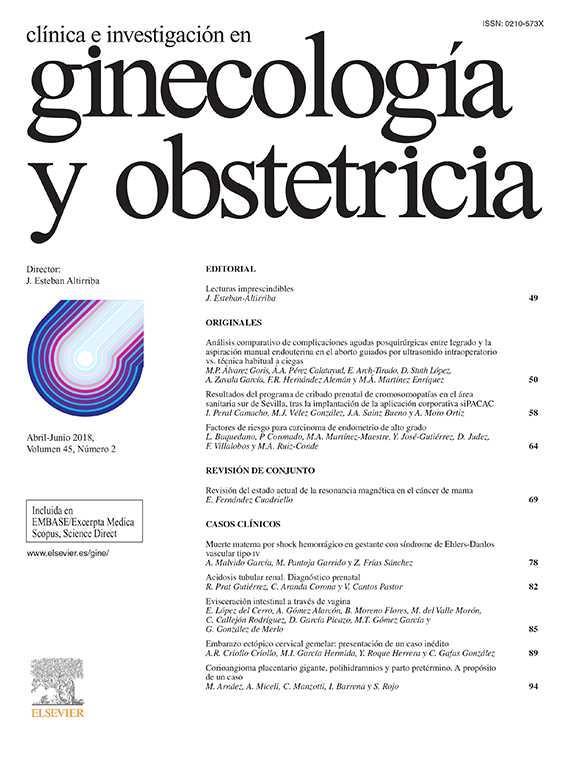Acute intermittent porphyria is the most frequent of the porphyrias found in the North European population, with a prevalence of 1/200,000 inhabitants. The prevalence of AIP and other acute porphyrias in the United States, and the majority of other countries, is around 5/100,000 and could possibly be higher in the psychiatric community. According to the great porphyrologist, Gold-Berg, the prevalence of AIP carriers is even greater, approximately 1/20,000. In northern Sweden it is especially prevalent 1/10,000, and commonly known as Swedish porphyria. It is a genetic disease, with a dominant autosome, characterised by excessive excretion of precursors of the harem group. It typically follows a course of acute abdominal pain, gastrointestinal symptoms and central nervous system disturbances, and presents clinically after puberty and most frequently in women. Provoking factors are: oral contraceptives, pregnancy, hy-peremesis gravidarum, oestrogens, progestagens and menstruation, usually occurring during the second half of the cycle. This is of special interest in our speciality. However, other factors exist which can provoke acute attacks, such as alcohol, infection, dieting and drugs.
La porfiria aguda intermitente (PAI) es la variedad más frecuente de porfiria entre las poblacionesdel norte de Europa con una incidencia media de1/200.000 habitantes. La prevalencia de la PAI y de otras porfirias agudas en los Estados Unidos, y enla mayoría de los países es de alrededor de 5/100.000,pudiendo ser más alta en poblaciones psiquiátricas.Según el gran porfirinólogo GoldBerg, la prevalenciade portadores de PAI es aún mayor, siendo aproximadamente de 1/20.000; además, por su especial frecuencia en el norte de Suecia (1/10.000), es comúnmente denominada porfiria sueca. Es una enfermedadgenética, autosómica dominante, caracterizada por unaexcesiva excreción de materias precursoras del grupohem. De forma característica, cursa con crisis de dolorabdominal, síntomas gastrointestinales y alteracionesdel sistema nervioso central que se manifiestan clínicamente después de la pubertad y con más frecuenciaen mujeres; pueden ser desencadenadas por: anticonceptivos orales, embarazo, hiperemesis gravídica, estrógenos, progesterona y menstruación, fundamentalmente en la segunda mitad del ciclo, en lo que anuestra especialidad concierne. Aunque existen otrosfactores desencadenantes de las crisis agudas60-64, como son: alcohol, infecciones, dietas, fármacos, etc.






